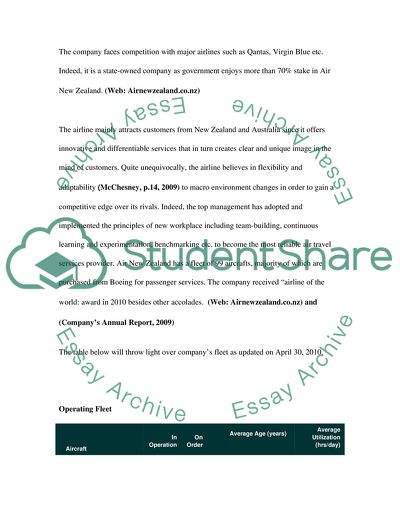Cite this document
(“Globalistation and business enterprise Essay Example | Topics and Well Written Essays - 1500 words”, n.d.)
Globalistation and business enterprise Essay Example | Topics and Well Written Essays - 1500 words. Retrieved from https://studentshare.org/miscellaneous/1567572-globalistation-and-business-enterprise
Globalistation and business enterprise Essay Example | Topics and Well Written Essays - 1500 words. Retrieved from https://studentshare.org/miscellaneous/1567572-globalistation-and-business-enterprise
(Globalistation and Business Enterprise Essay Example | Topics and Well Written Essays - 1500 Words)
Globalistation and Business Enterprise Essay Example | Topics and Well Written Essays - 1500 Words. https://studentshare.org/miscellaneous/1567572-globalistation-and-business-enterprise.
Globalistation and Business Enterprise Essay Example | Topics and Well Written Essays - 1500 Words. https://studentshare.org/miscellaneous/1567572-globalistation-and-business-enterprise.
“Globalistation and Business Enterprise Essay Example | Topics and Well Written Essays - 1500 Words”, n.d. https://studentshare.org/miscellaneous/1567572-globalistation-and-business-enterprise.


